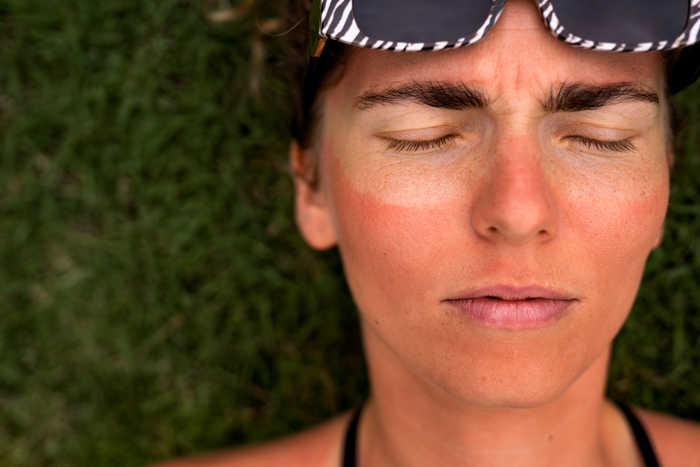Published 15:35 IST, May 3rd 2024
While the process of ageing is inevitable, proactive sun protection and skincare practices can significantly mitigate the effects of photoaging.
Advertisement
Photoaging, as the name suggests, refers to the process of skin ageing caused primarily by exposure to ultraviolet (UV) radiation from the sun. Unlike chronological ageing, which occurs naturally as we grow older, photoaging results from external factors, particularly prolonged and unprotected exposure to sunlight. This phenomenon is a significant concern in dermatology and skin care due to its visible and often irreversible effects on the skin's appearance and health.
What causes photoaging?
One of the primary culprits behind photoaging is UV radiation, which damages the skin at a cellular level. When UV rays penetrate the skin, they trigger a series of biochemical reactions that lead to the breakdown of collagen and elastin fibres, essential components responsible for maintaining the skin's firmness and elasticity. As these structural proteins degrade, the skin becomes increasingly prone to sagging, wrinkles, and fine lines, characteristic signs of ageing.
Advertisement

Furthermore, UV exposure promotes the formation of free radicals within the skin. These unstable molecules wreak havoc on cellular structures, causing oxidative stress and inflammation. Over time, this oxidative damage accumulates, accelerating the ageing process and contributing to various skin concerns such as hyperpigmentation, uneven skin tone, and the development of age spots or sunspots.
Can photoaging lead to skin cancer?
It's important to recognise that photoaging isn't solely a cosmetic issue. While the visible signs of ageing may be a cause for concern for many individuals, the underlying damage extends beyond aesthetic concerns. Prolonged exposure to UV radiation increases the risk of skin cancer, including melanoma, the most serious form of skin cancer. Therefore, addressing photoaging isn't just about maintaining youthful-looking skin, it's also about safeguarding skin health and reducing the risk of potentially life-threatening conditions. According to Very Well Health, “Photoaging refers to skin damage caused by prolonged sun exposure, specifically UVA and UVB rays, and can lead to skin cancers. Most of the skin changes that occur as we age are accelerated by sun exposure.”
Advertisement
How to prevent photoaging?
Preventing photoaging requires adopting a careful approach to sun protection. This includes regularly applying broad-spectrum sunscreen with an SPF of 30 or higher, seeking shade during peak sun hours, wearing protective clothing, and using hats and sunglasses to shield the face and eyes from UV rays. Additionally, avoiding indoor tanning beds and other artificial sources of UV radiation is crucial for minimising photoaging and reducing the risk of skin cancer.

In addition to preventive measures, various skin care interventions can help reduce the effects of photoaging and restore skin health and vitality. Ingredients such as retinoids, antioxidants, and alpha hydroxy acids have demonstrated efficacy in addressing photoaged skin by promoting collagen production, improving skin texture, and reducing the appearance of fine lines and wrinkles. Furthermore, procedures like chemical peels, microdermabrasion, and laser therapy offer advanced treatment options for individuals seeking more intensive rejuvenation.
Advertisement
15:35 IST, May 3rd 2024